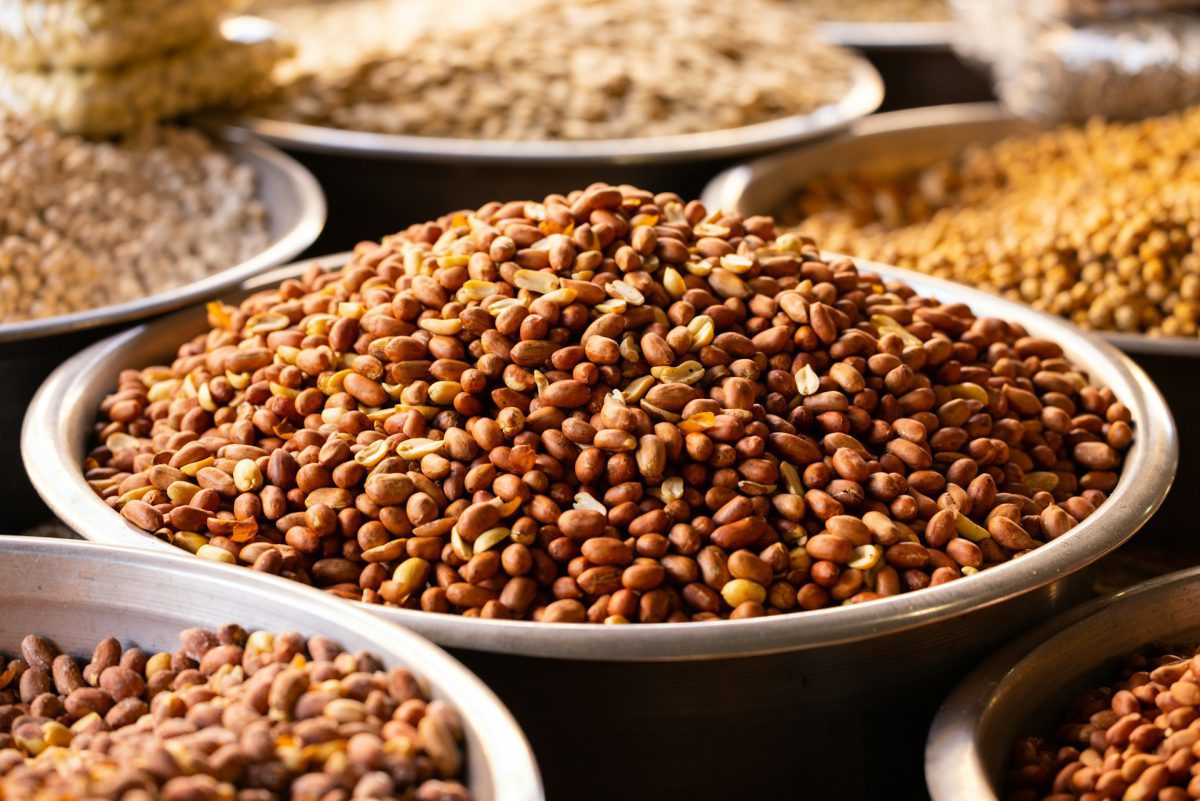Table of Contents
Persian nuts, encased in their resilient shells, offer not just a delightful crunch but also a wealth of nutrition. Packed with essential vitamins and minerals, these nuts are a powerhouse of energy, making them a popular choice for health enthusiasts. With a history that stretches back millennia, the nut industry is deeply woven into the fabric of Iranian agriculture, showcasing the country’s long-standing relationship with its fertile lands.
As the leading producer of fruits in the Middle East and North Africa, Iran boasts a diverse array of nut varieties, including the globally beloved pistachios, almonds, and walnuts. Each nut brings its own unique flavor and health benefits, contributing to a vibrant culinary tradition. From snacking to cooking, Iranian nuts play a versatile role in both everyday meals and festive occasions, reflecting the country’s rich agricultural heritage and the enduring popularity of these nutritious treasures.
History of Persian Nuts
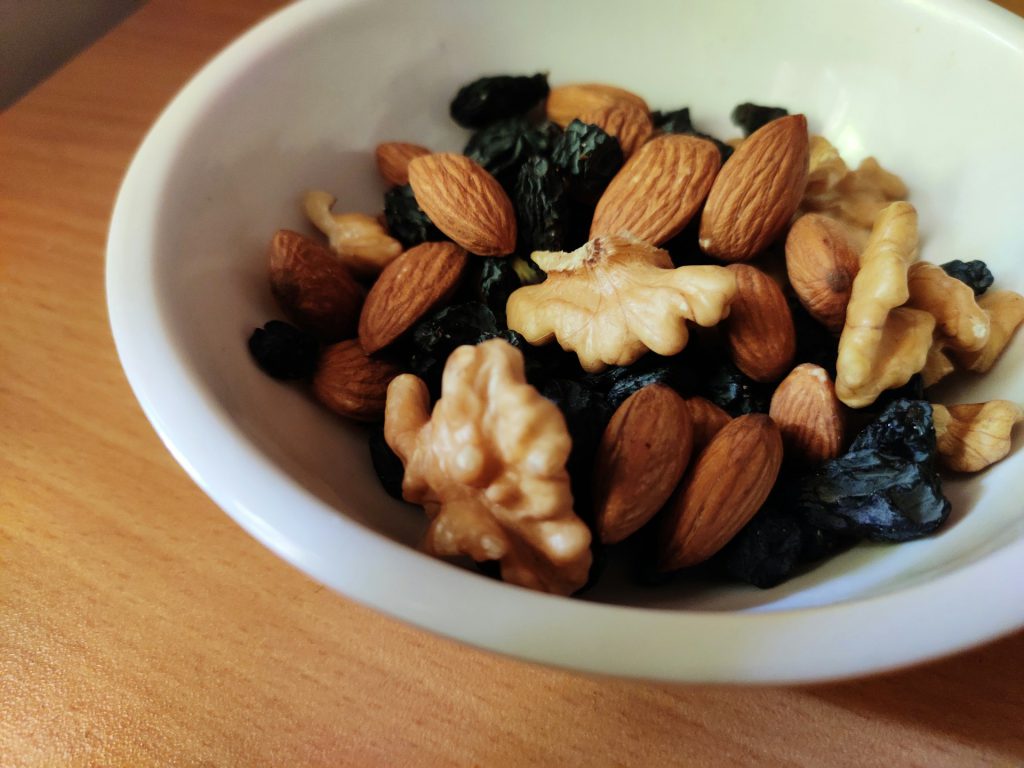
Since 1963, Iran has established itself as a powerhouse in the production and export of dried fruits and nuts, carving out a significant niche in the global market. With an impressive yield of over 1.18 million tons annually, the country showcases a stunning variety of nuts, including the iconic pistachios, succulent raisins, and rich almonds, alongside its renowned Iranian dates. This robust output not only highlights Iran’s agricultural prowess but also its rich heritage in cultivating these beloved products.
A substantial portion of this bounty, nearly 800,000 tons, is enjoyed within the country, reflecting the integral role that nuts play in Iranian cuisine and culture. The remaining harvest finds its way to international markets, where the exquisite quality of Iranian nuts captivates consumers around the world. This dual focus on domestic enjoyment and global export not only strengthens Iran’s economy but also reinforces its cultural identity, as these delicious nuts continue to be a symbol of the nation’s agricultural legacy.
Iranian Culture and Persian Nuts
During the vibrant celebrations of the Iranian New Year, the consumption of nuts and fruits sees a notable surge, reflecting their deep-rooted significance in Iranian hospitality. These delightful treats are an essential part of gatherings, where guests are warmly welcomed with an array of nuts, including the beloved pistachio, alongside walnuts, almonds, raisins, and hazelnuts. In Iranian culture, no festive occasion feels complete without these flavorful offerings, which symbolize abundance and generosity.
Among the various Persian nuts and seeds, pistachios and almonds hold a special place, often regarded as luxurious items due to their higher price point. The cost can fluctuate significantly based on quality and seasonal availability, with out-of-season purchases commanding a premium. Iran’s unique climate allows it to stand out as a leading producer of pistachios, known for cultivating some of the finest varieties in the world. This rich agricultural heritage not only enhances culinary experiences but also reinforces the cultural importance of nuts in Iranian traditions, making them a cherished element of celebrations and daily life alike.
Top Persian Nuts to Know
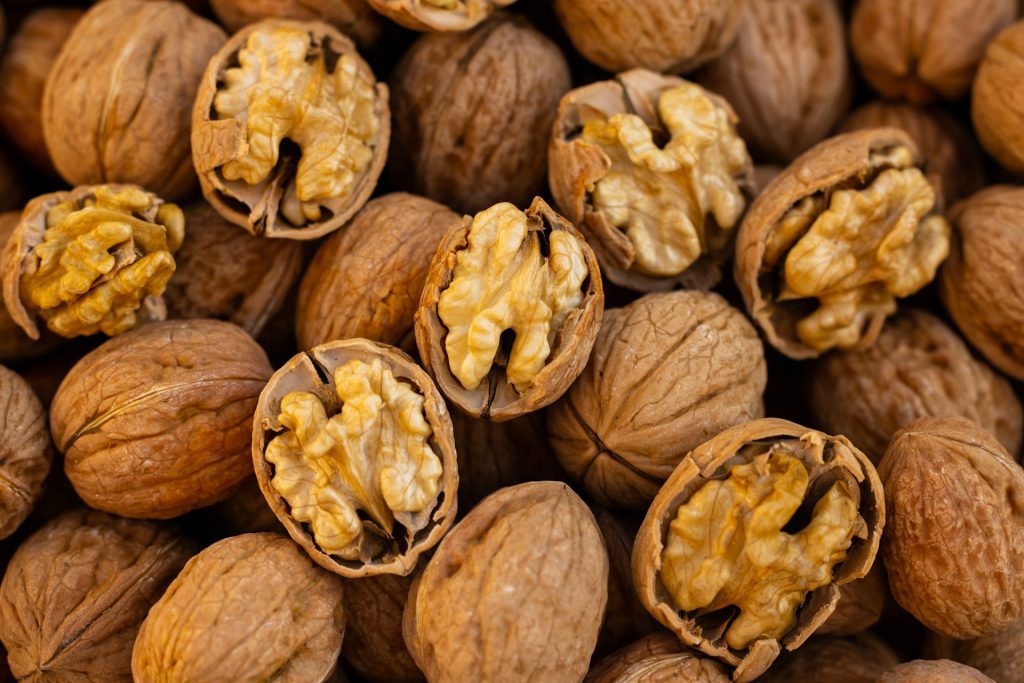
Walnut
· Origin: Hamedan province, known for the best walnuts in Iran.
· Nutritional Benefits: Excellent source of protein, fiber, vitamins, and minerals, particularly manganese, copper, magnesium, and phosphorus. Rich in antioxidants and anti-inflammatory compounds.
· Export Status: Iran is the third-largest exporter of walnuts globally.
Pistachio
· Origin: Kerman province, famous for high-quality pistachios.
· Nutritional Benefits: Packed with healthy fats, fiber, protein, and antioxidants, including vitamin B6 and potassium. Known for anti-inflammatory traits.
· Export Status: Iran is the second-largest exporter of pistachios in the world.
Almond
· Global Ranking: Iran ranks third among the world’s leading almond producers and exporters.
· Nutritional Benefits: Lower in protein compared to other nuts but rich in nutrients, making them a healthy snack alternative.
Peanut
· Nutritional Benefits: Rich source of protein, providing about 567 calories per 100 grams. Considered an energy booster in the diet.
Hazelnut
· Nutritional Benefits: High in protein, dietary fiber, vitamin E, iron, thiamin, phosphorus, manganese, and magnesium, making them a nutritious addition to meals.
Nutrition of Persian Nuts
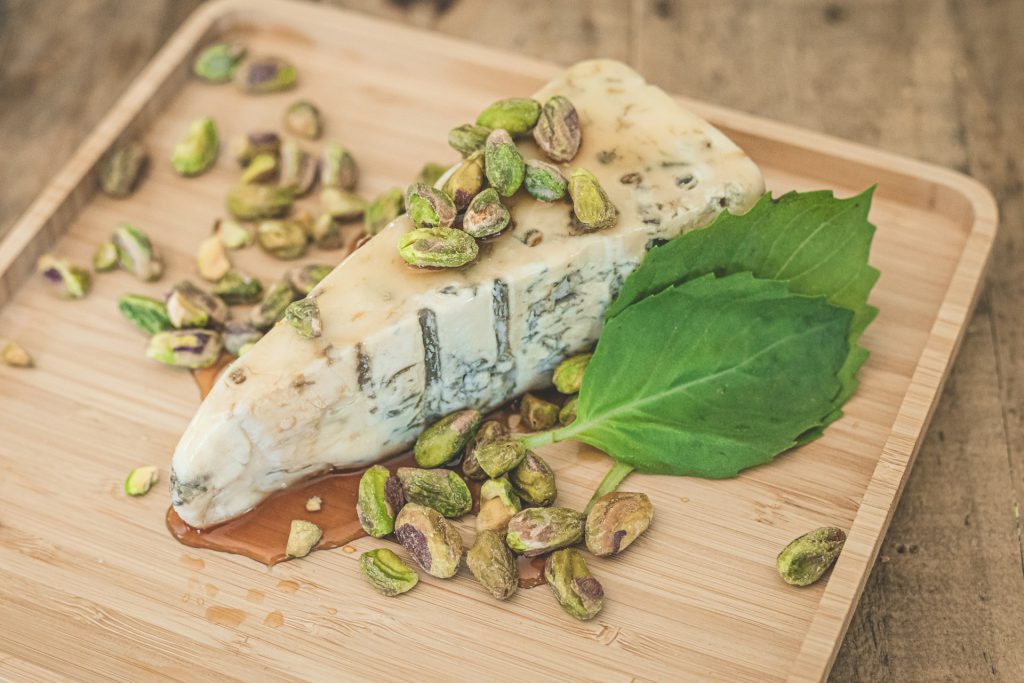
Research by plant scientists highlights that Persian nuts and seeds are abundant in essential minerals and beneficial unsaturated fats, making them a recommended addition to any healthy diet. These nutritional powerhouses not only provide vital nutrients but also promote overall health. Nutritional experts advocate for the inclusion of nuts in daily meals, emphasizing their role in supporting heart health and reducing chronic disease risks.
Incorporating Iranian nuts into your daily diet can yield a multitude of health benefits, making them a smart choice for overall well-being. Regular consumption of these nutrient-dense foods helps lower the risk of heart disease and diabetes while also contributing to healthier cholesterol and triglyceride levels. Despite their higher calorie content, the abundant fiber found in nuts can actually support weight loss efforts by enhancing feelings of fullness and aiding digestion.
Moreover, Persian nuts are celebrated for their impressive health advantages. They play a crucial role in reducing the likelihood of heart attacks and strokes, thanks to their heart-healthy fats. Additionally, these nuts are known to combat inflammation, promoting a healthier aging process. With their rich antioxidant properties, they act as potent defenders against oxidative stress, further solidifying their place as a powerhouse of nutrition in any balanced diet.
Different Uses of Persian Nuts
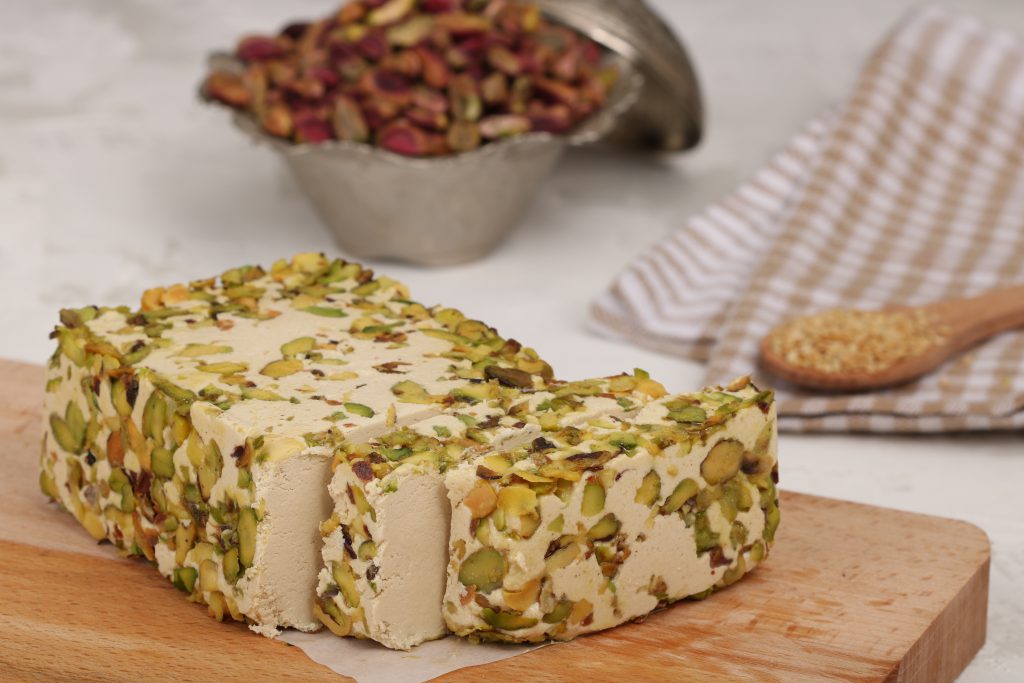
· Nutritious Snacks: Persian nuts can be enjoyed on their own or mixed for a delightful snack throughout the day.
· Savory Dishes: Nuts such as pistachios and almonds enhance the flavors and textures of Persian stews and rice dishes.
· Desserts: Traditional sweets like baklava and halva showcase the rich, nutty flavors of Persian nuts, adding depth to each bite.
· Versatile Ingredients: Their ability to complement both sweet and savory dishes makes Persian nuts an essential component of Persian cuisine.
· Sauce Creations: Nuts can be blended into different types of sauces, such as a delicious pistachio pesto.
· Breakfast Boost: They can be enjoyed with cereal or yogurt, making for a super beneficial breakfast option.
Price of the Persian Nuts
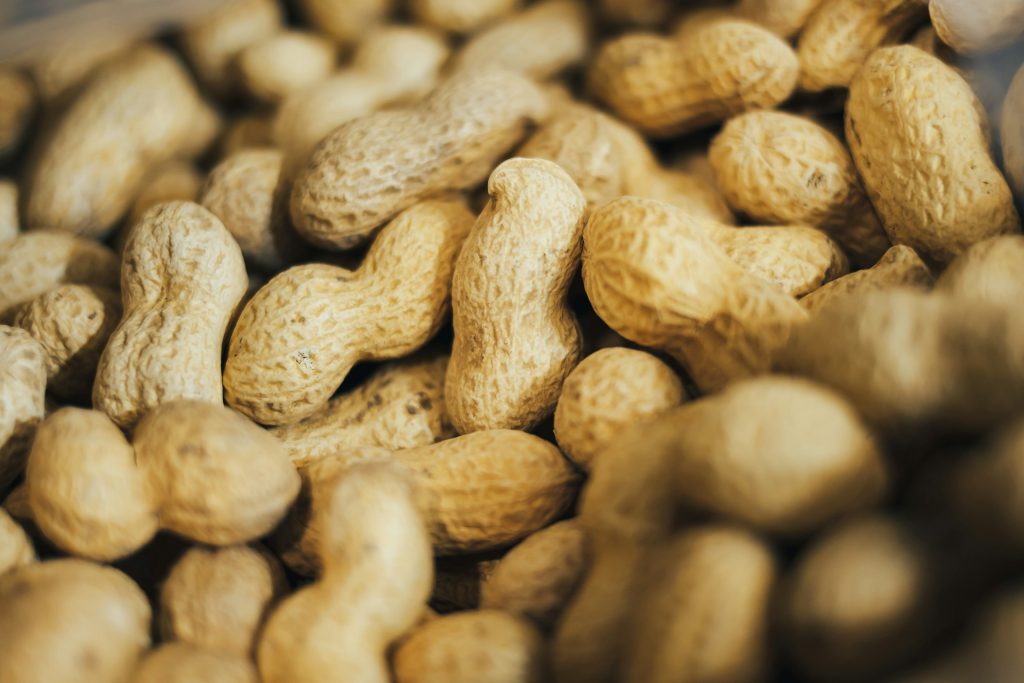
The pricing of Persian nuts, particularly pistachios, is influenced by a myriad of factors that reflect their unique characteristics. The type and size of the nut play pivotal roles in determining its wholesale price in Iran. For instance, naturally open-shell pistachios generally command higher prices due to their superior kernel-to-shell ratio compared to mechanically opened varieties. This distinction is crucial for buyers who seek quality, as the market is rife with suppliers who may blend different types to manipulate perceived value. The competition among suppliers further complicates the landscape, as many strive to balance quality with affordability to attract international customers amidst fluctuating demand.
Market conditions also significantly impact the pricing of Persian nuts. With Iran being a leading producer, the interplay between supply and demand shapes the overall cost structure. An oversupply can lead to reduced prices, while increased demand—especially from global markets—can drive prices up. Additionally, external factors such as currency fluctuations and the pricing strategies of competitors, particularly from the United States, create a dynamic environment where Iranian suppliers must remain agile. As they navigate these complexities, understanding the nuances of each nut type and its market positioning becomes essential for both buyers and sellers alike.
Where to Buy Persian Nuts
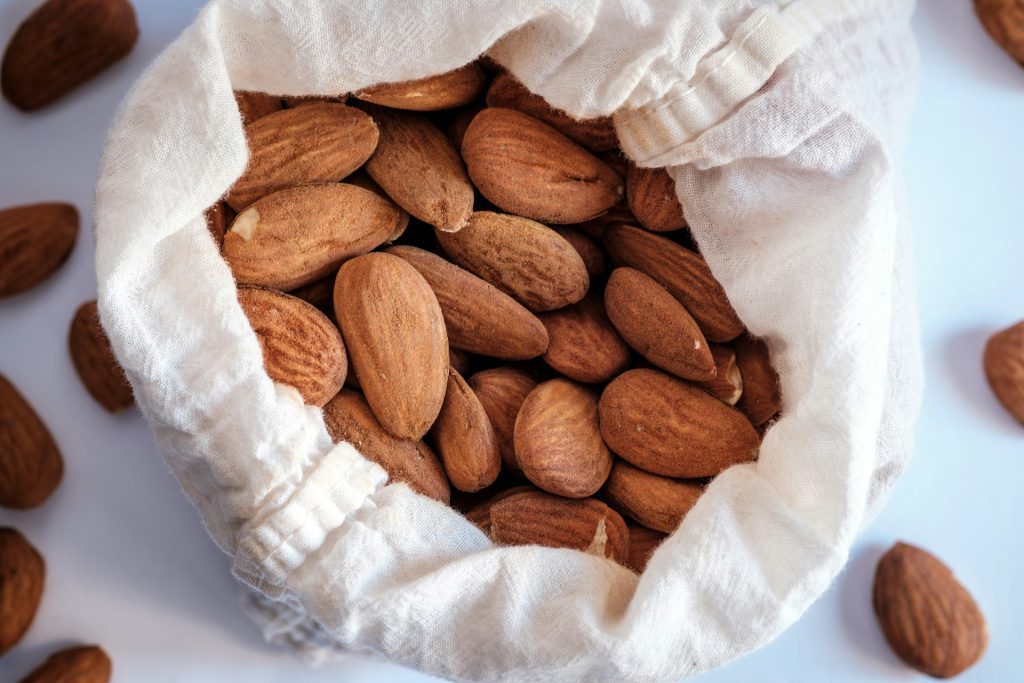
When searching for the finest Persian nuts, specific cities in Iran stand out for their unique offerings. Kerman, renowned for its exceptional pistachios, is often regarded as the heart of pistachio production in the country. This region produces a variety of pistachios, including the highly sought-after Akbari and Ahmad Aghaie types, which are celebrated for their rich flavor and quality. Meanwhile, Tabriz is famous for its walnuts, while Estahban is known for its delightful dry figs. These cities not only provide a diverse selection of nuts but also showcase the cultural significance of these products in Iranian cuisine and traditions.
For those looking to purchase Persian nuts, both local markets and international suppliers offer a plethora of options. Many businesses specialize in exporting these nuts globally, ensuring that high-quality Iranian products reach consumers worldwide. Online platforms have also emerged as popular avenues for purchasing Persian nuts, allowing buyers to explore various types and grades from the comfort of their homes. With 80% of Iran’s pistachio production being exported, the demand continues to grow, making it easier than ever to find authentic Persian nuts that bring a taste of Iran to your table.
FAQs about the Persian Nuts
Q1: What are Persian nuts?
A1: Pistachios, called the “queen of nuts” in Iran, are very popular in the area. They have a strong, nutty taste and are used in many dishes, including stews and desserts. Walnuts are also a common nut in Persian cooking.
Q2: What are the best nuts in Iran?
A2: Iranian pistachios are famous for their strong flavor and bright green color. Mamra almonds are valued for their crunchiness and nutritional benefits. Meanwhile, Persian walnuts are renowned for their excellent quality and taste.
Q3: What nuts are produced in Iran?
A3: The pistachio (Pistacia vera) belongs to the cashew family and originates from Iran. These nuts can withstand drought and thrive in hot, dry climates. The almond (Prunus dulcis), which is part of the rose family, also has its roots in Iran.
Q4: Why do Persians love pistachios?
A4: Pistachios have long been a sought-after treat in this region. They are mentioned in the Old Testament (Genesis 43:11). In Persia (now Iran), trading pistachios and owning pistachio groves were symbols of wealth and high status.
Q5: Why are Iranian pistachios the best?
A5: One reason Persian pistachios are so tasty is their high fat content. Another factor is the ideal growing conditions in Iran, which are enhanced by the high altitude of the pistachio orchards there.
Last Words: Discover the Best of Persian Nuts with a Customized Tour
Persian nuts have strong shells and are not only crunchy but also very healthy. They are full of important vitamins and minerals, making them a favorite for people who care about their health. The nut industry in Iran has a long history and is important to the country’s farming. Iran is the top producer of fruits in the Middle East and North Africa and offers many types of nuts, like pistachios, almonds, and walnuts. Each nut has its own taste and health benefits, adding to Iran’s rich food culture.
If you’re looking to experience the best of Persian nuts, traveling to Iran on a Customized Tour is the way to go. To make your journey unforgettable, consider To Iran Tour. This professional tour company specializes in creating Iran tours and travel packages that fit your unique preferences. Whether you’re a nut enthusiast eager to visit local farms or a foodie wanting to learn about traditional dishes, To Iran Tour can design a plan just for you.
We are here to help you have a great experience in Iran, ensuring that every moment of your trip is memorable. Enjoy the delightful world of Iran Tours and dive deep into the flavors of Persian nuts!

